The 1870s were a tumultuous period for China, marked by internal strife, foreign incursions, and significant socio-political challenges. This decade followed the devastating Taiping Rebellion (1850-1864) and occurred during the late Qing Dynasty, a time when China was grappling with internal decay and external pressures.
During the 1870s, the Qing Dynasty, which had ruled China since 1644, was in decline. The central government’s authority was weakening, partly due to the aftereffects of the Taiping Rebellion. This rebellion had severely weakened the dynasty’s military and financial strength, leading to increased local autonomy and the rise of regional warlords.
Foreign Influence and Unequal Treaties
The 1870s also saw continued foreign influence in China. The Opium Wars (1839-1842 and 1856-1860) had forced China into signing several unequal treaties with Western powers. These treaties gave foreigners significant control over trade and legal privileges within China, contributing to a growing anti-foreign sentiment among the Chinese populace.
The Nian Rebellion and Internal Conflicts
China faced significant internal conflicts during this period. The Nian Rebellion (1853-1868), though mostly quelled by the early 1870s, had caused instability in northern China. This rebellion, along with other uprisings, exposed the Qing government’s inability to maintain order and control over its vast territory.
Economic Difficulties and Natural Disasters
The country also experienced economic difficulties and natural disasters in the 1870s. There were severe famines, most notably the Northern Chinese Famine of 1876-1879, which led to the death of millions. These famines were exacerbated by ineffective government response, corruption, and the breakdown of traditional relief systems.
Despite these challenges, the 1870s were also a period of cultural and social changes in China. The Self-Strengthening Movement (1861-1895), aimed at modernizing China’s military and industry by adopting Western methods, gained momentum. Intellectuals and reformers began advocating for modernization to strengthen China and resist foreign domination.






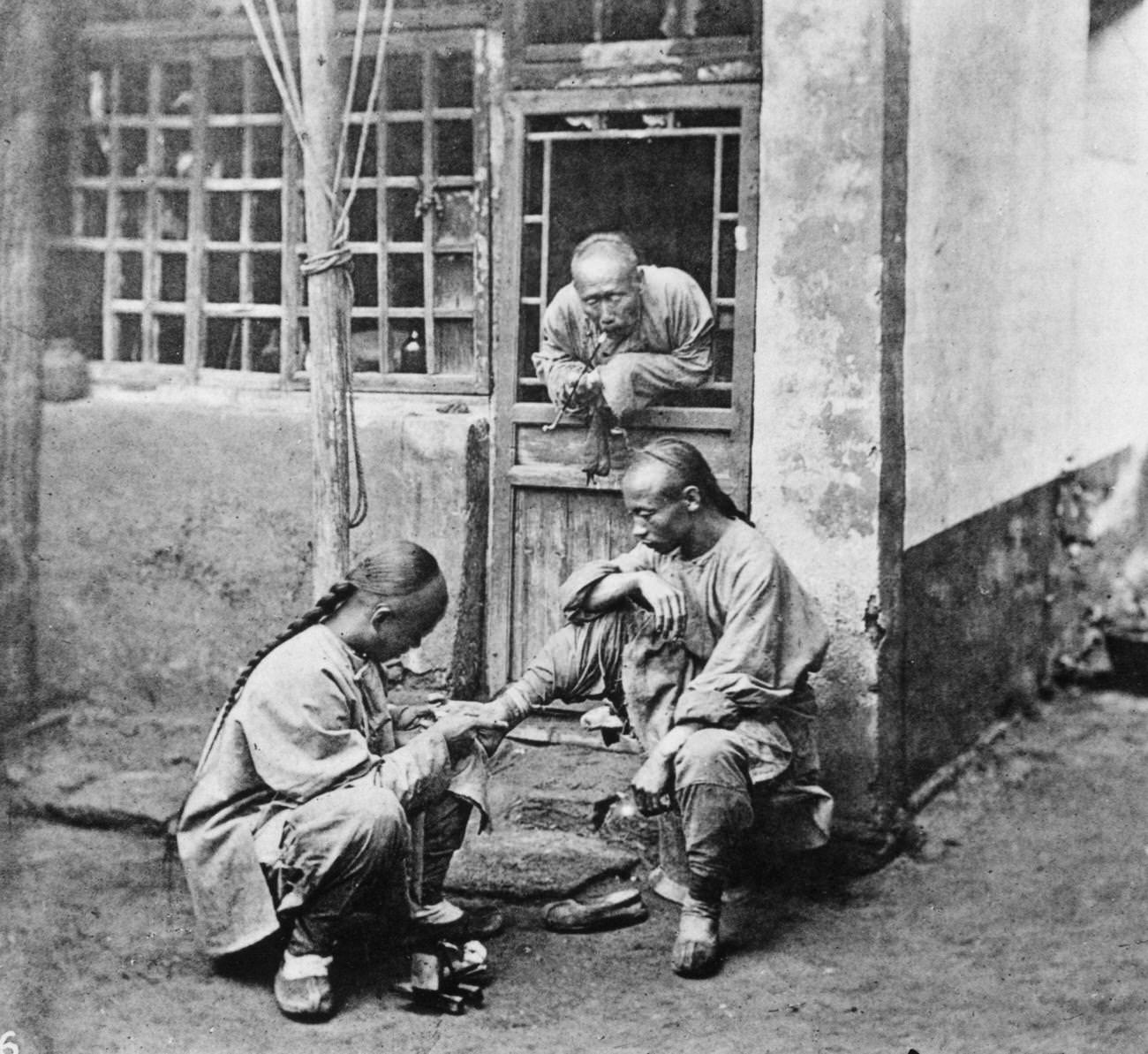

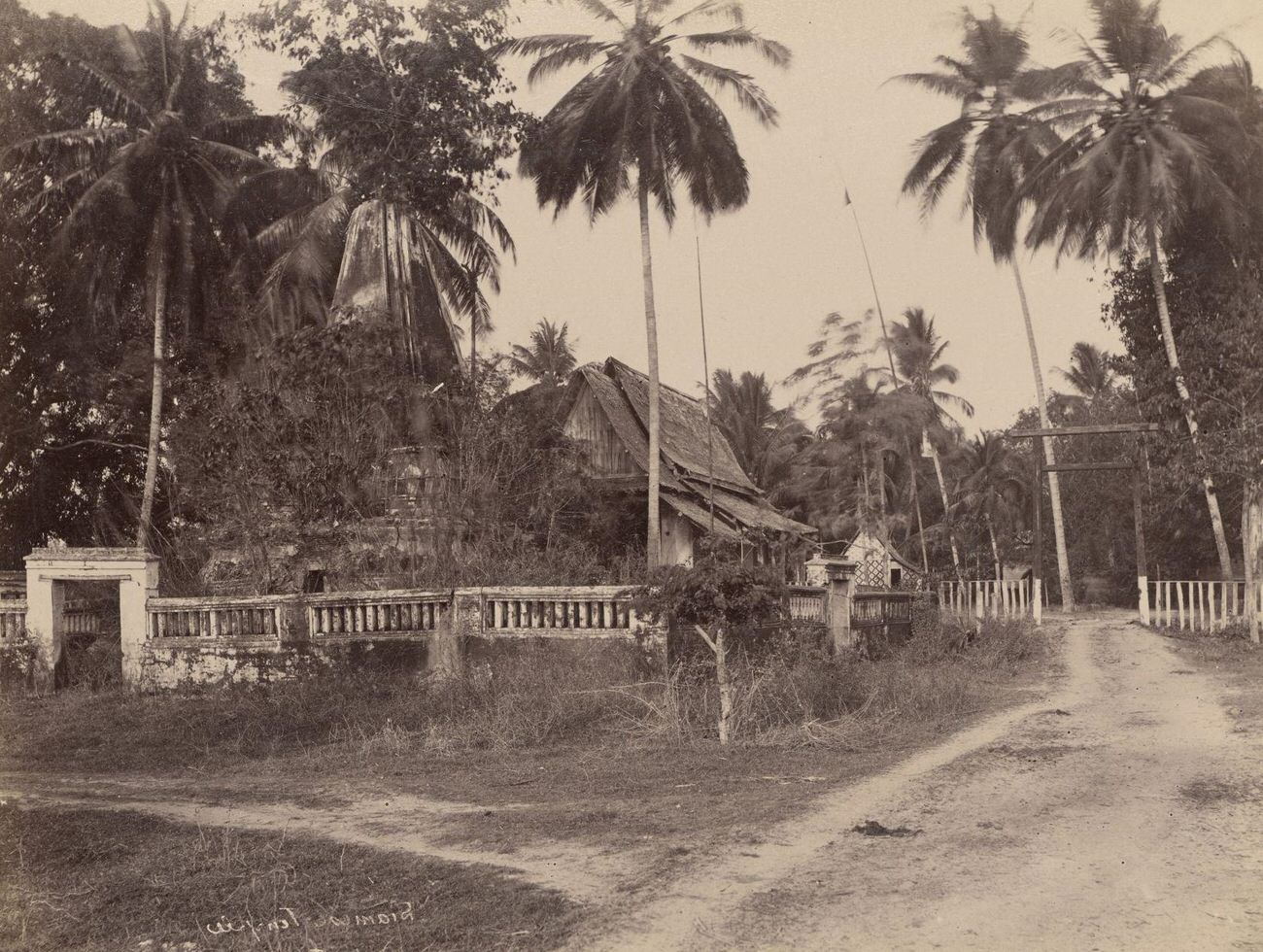

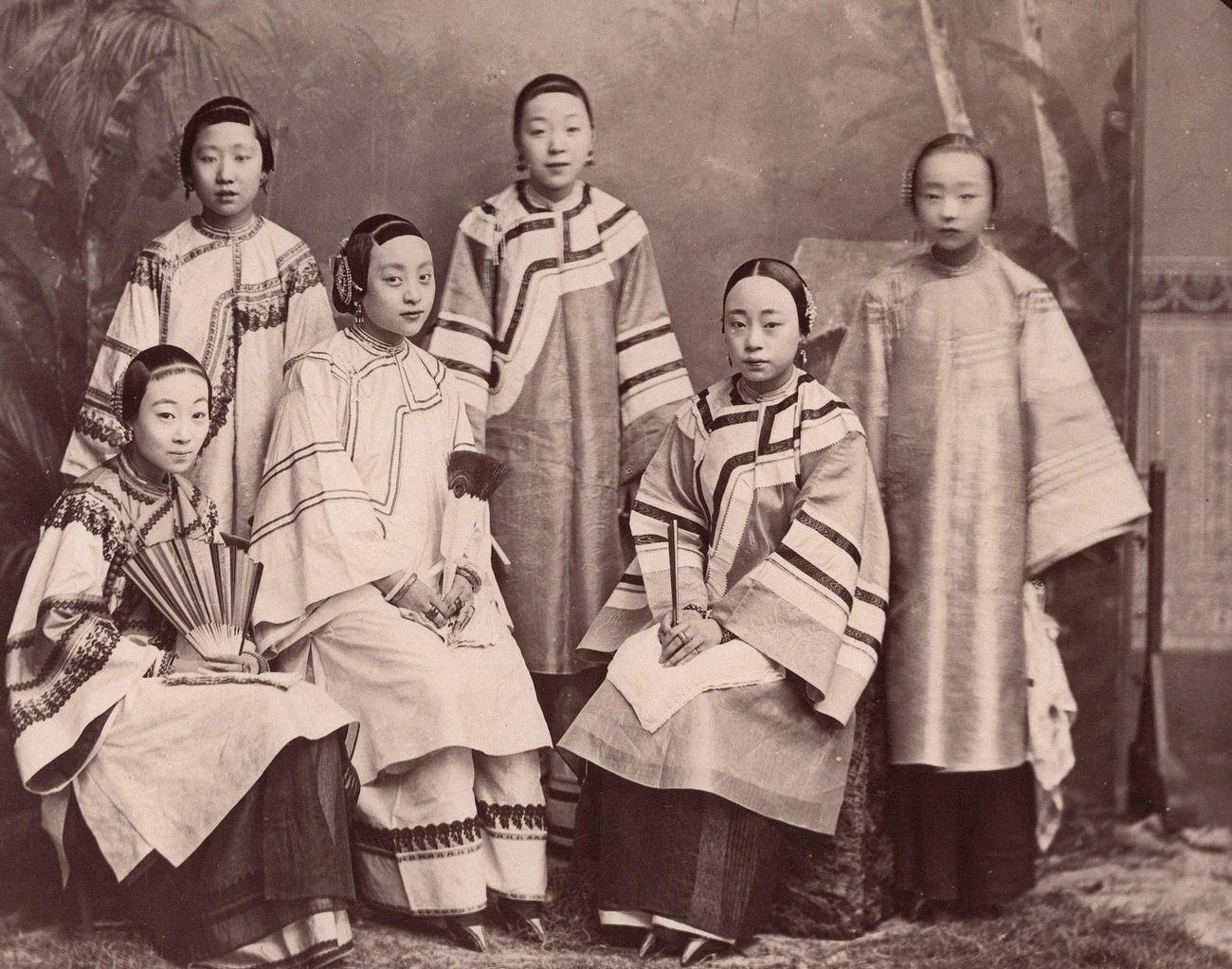











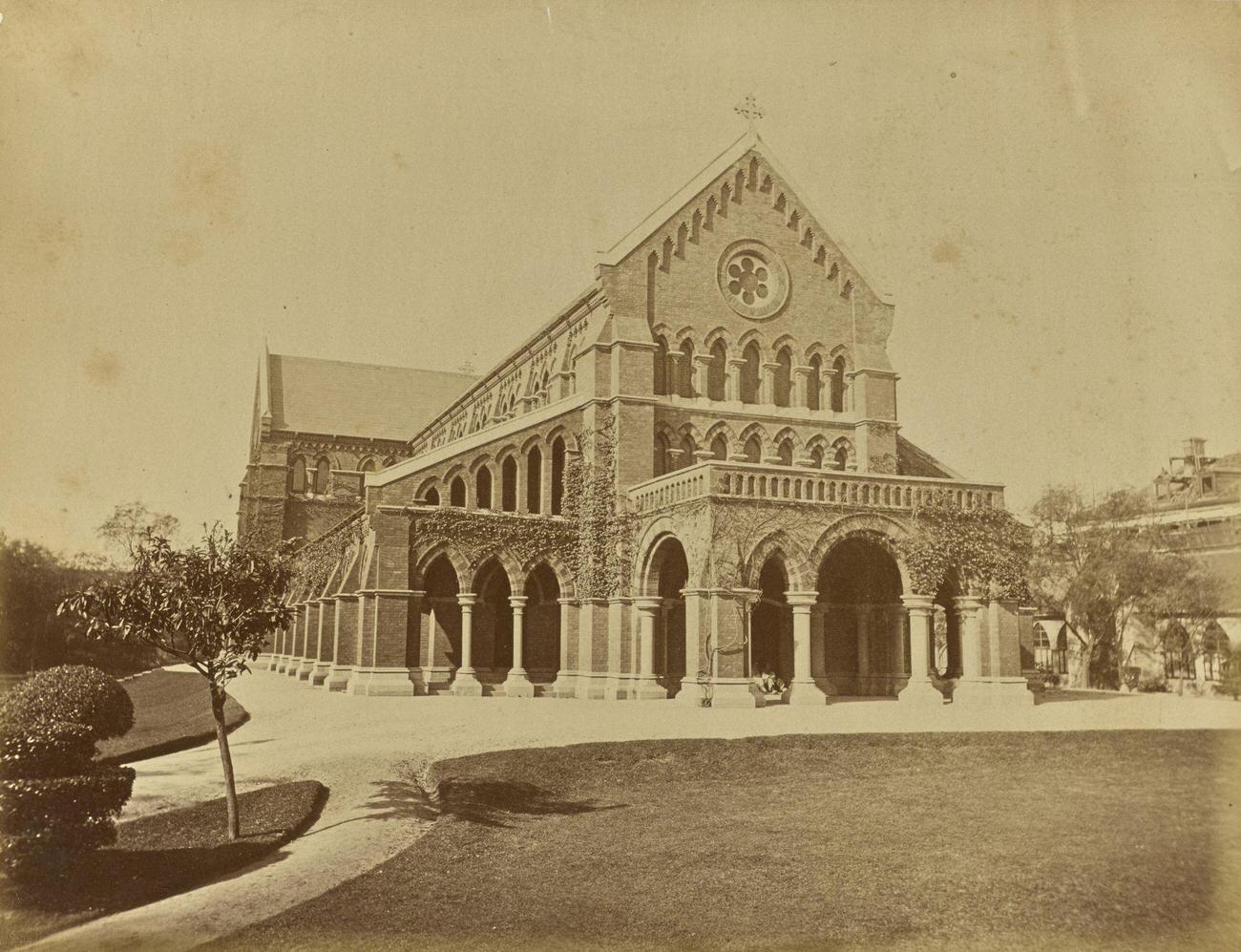










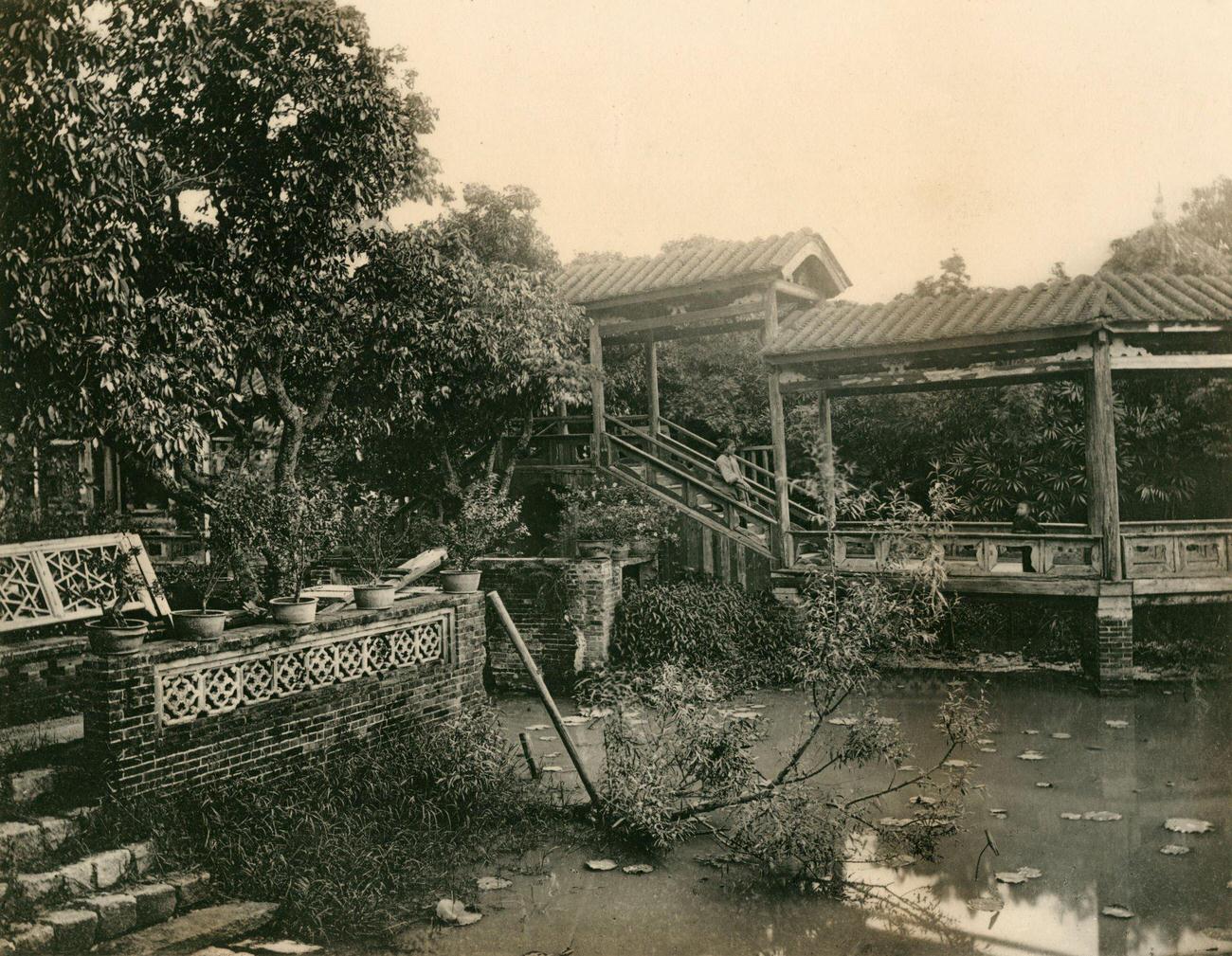


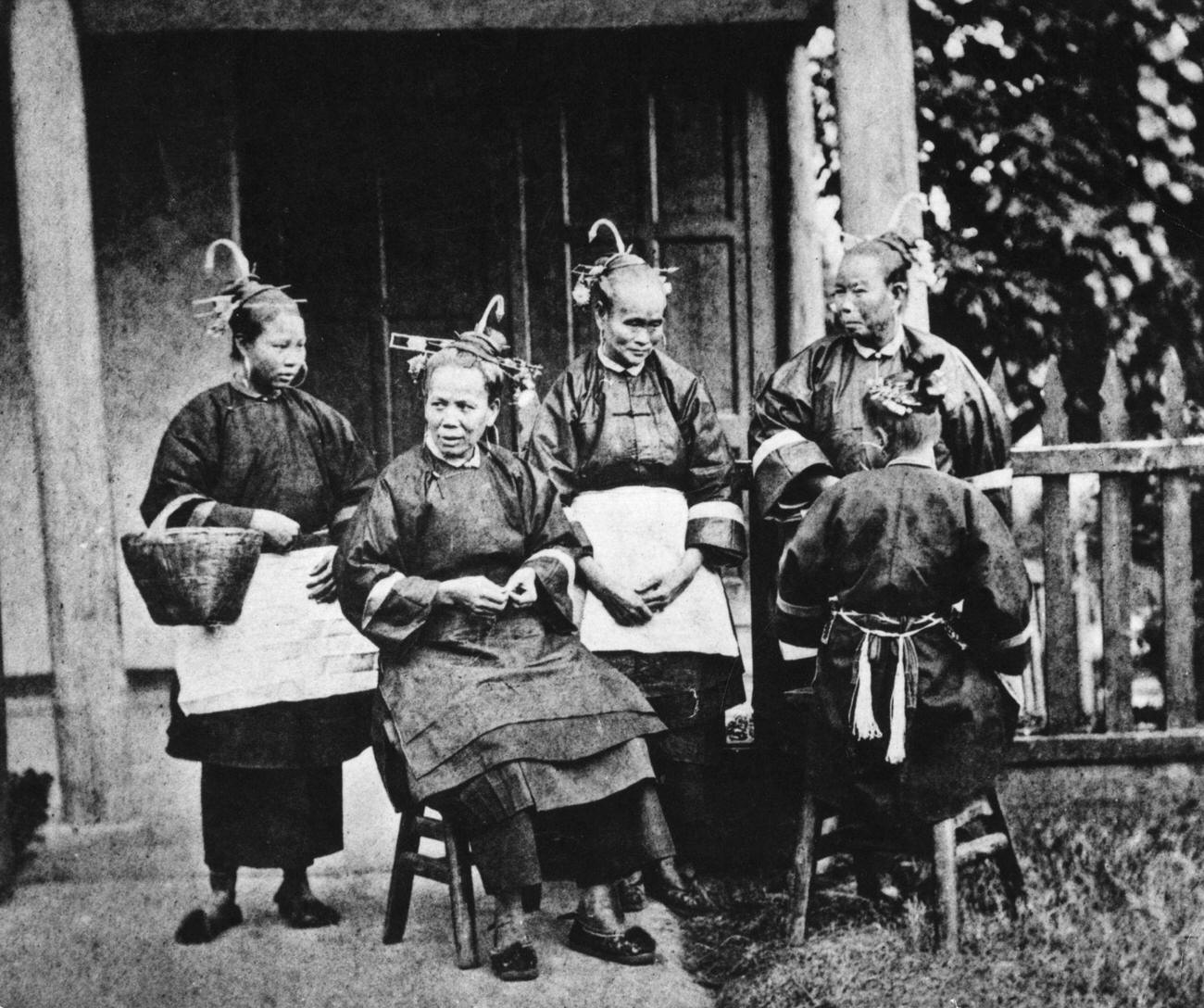
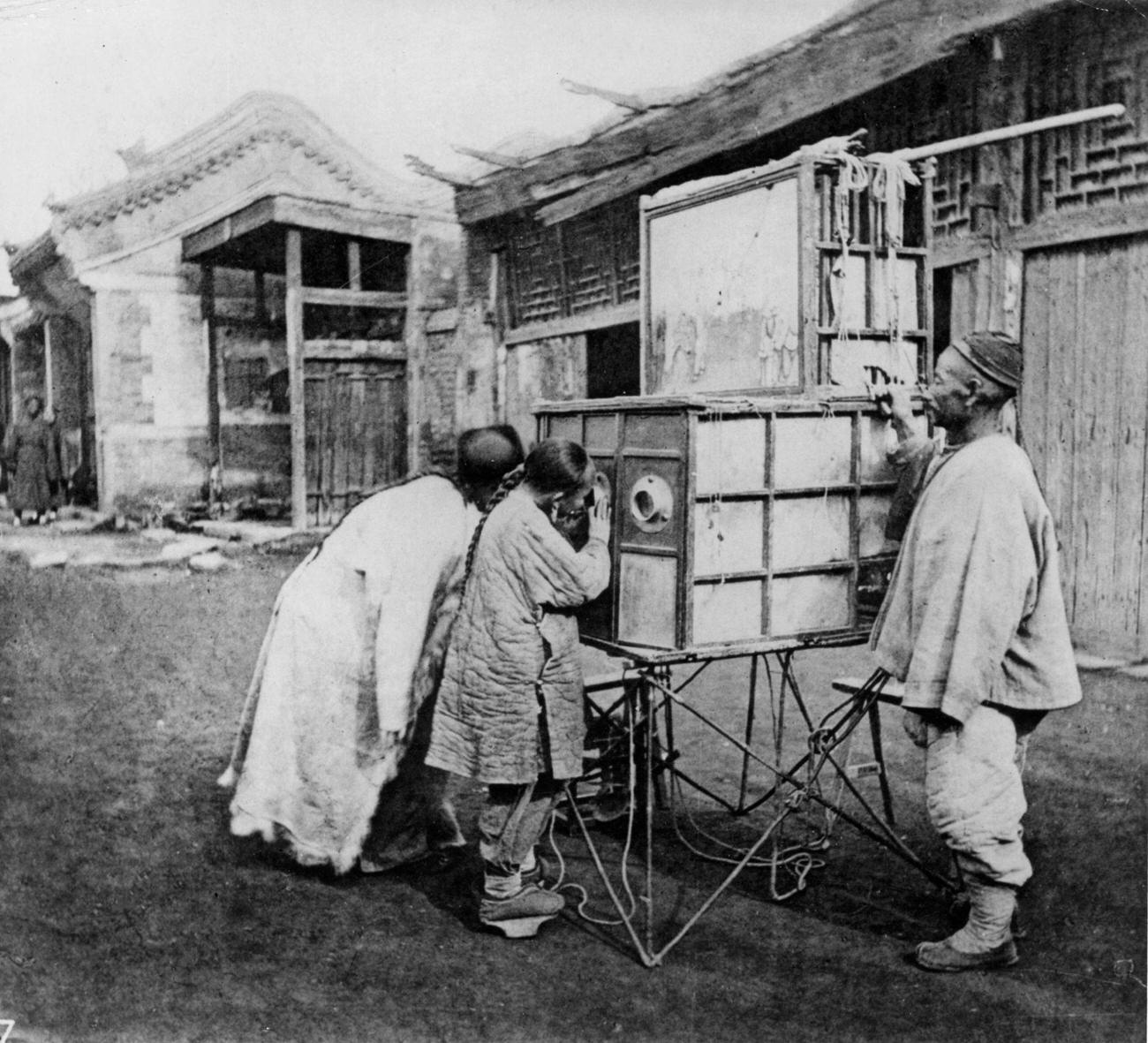





















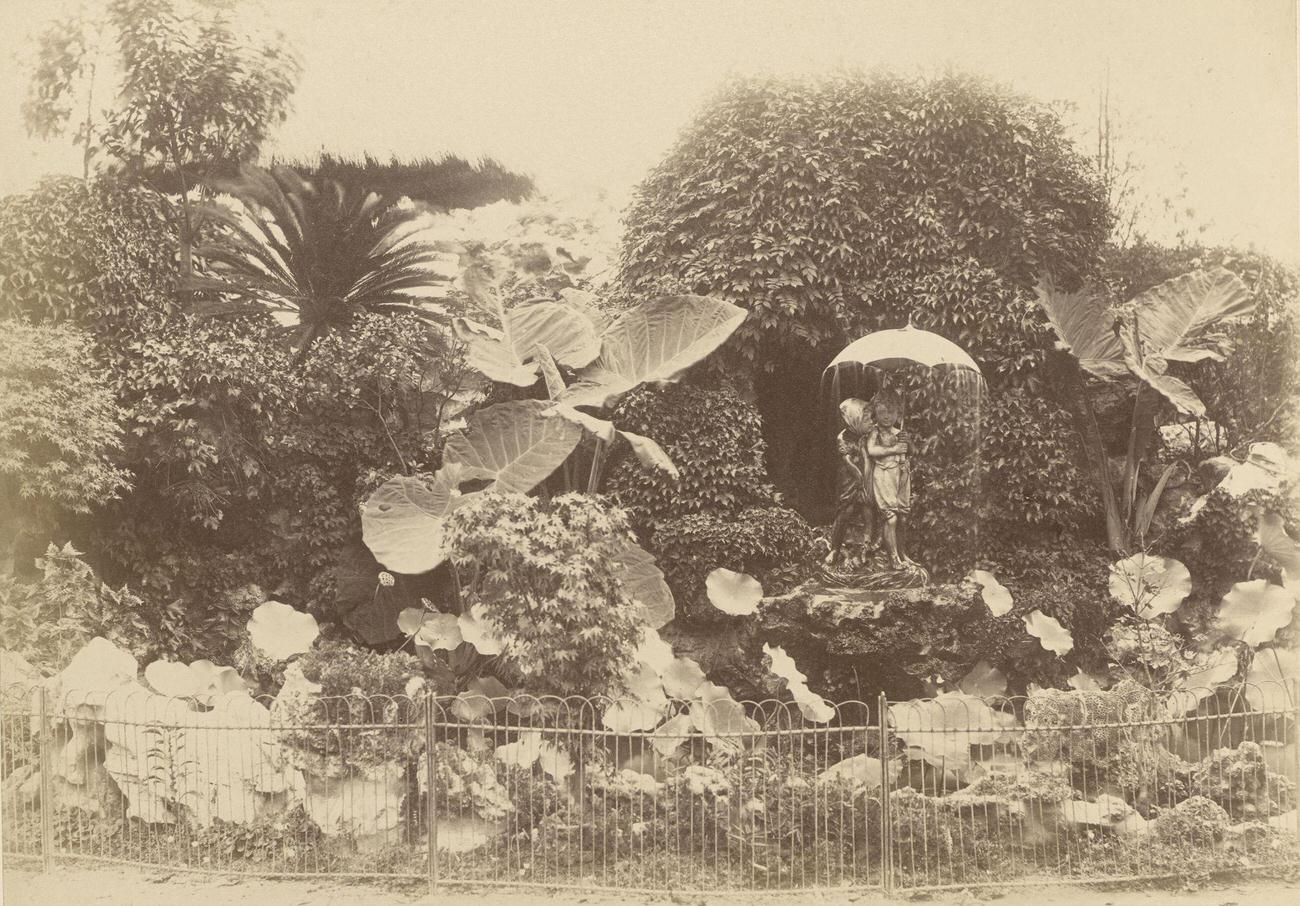










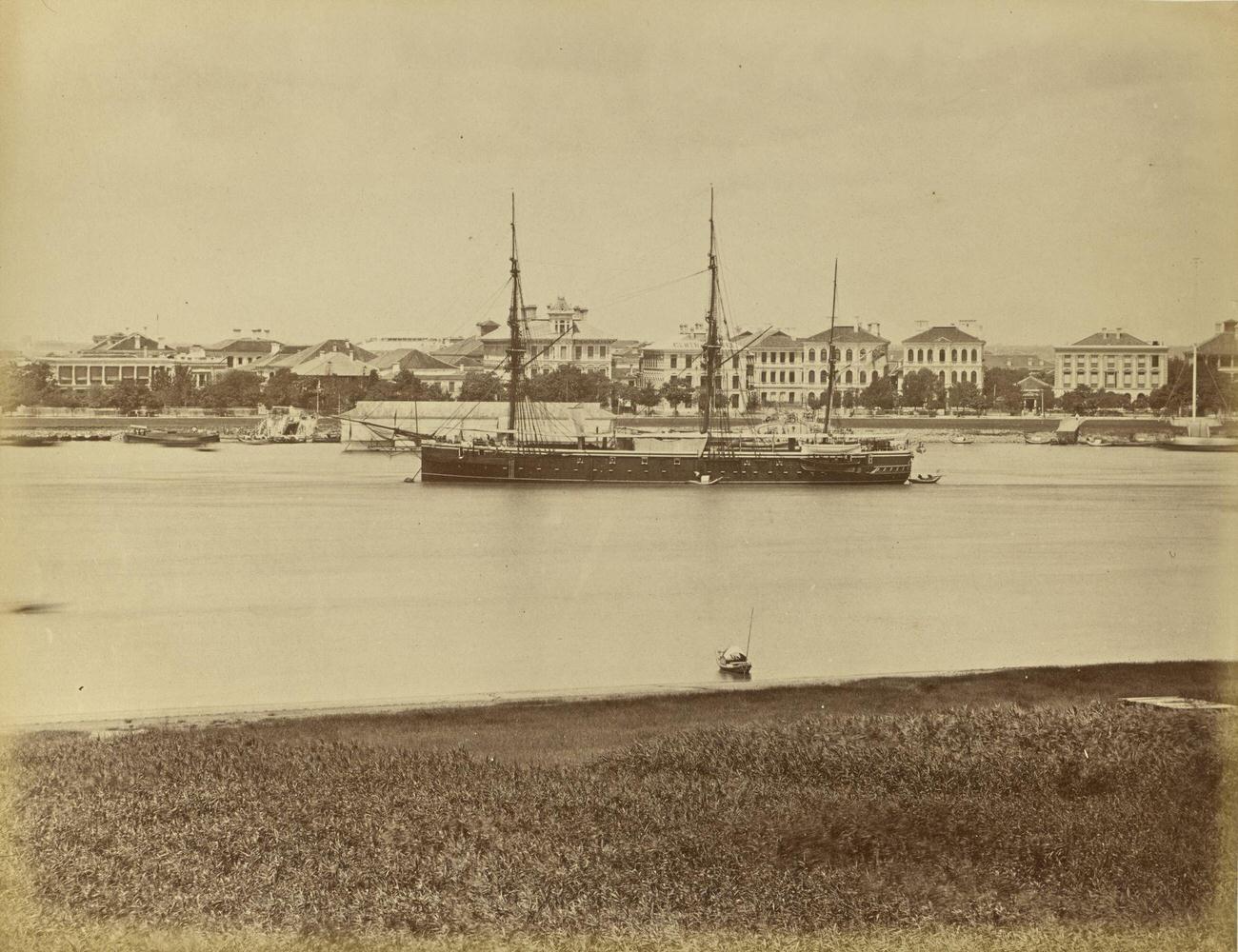

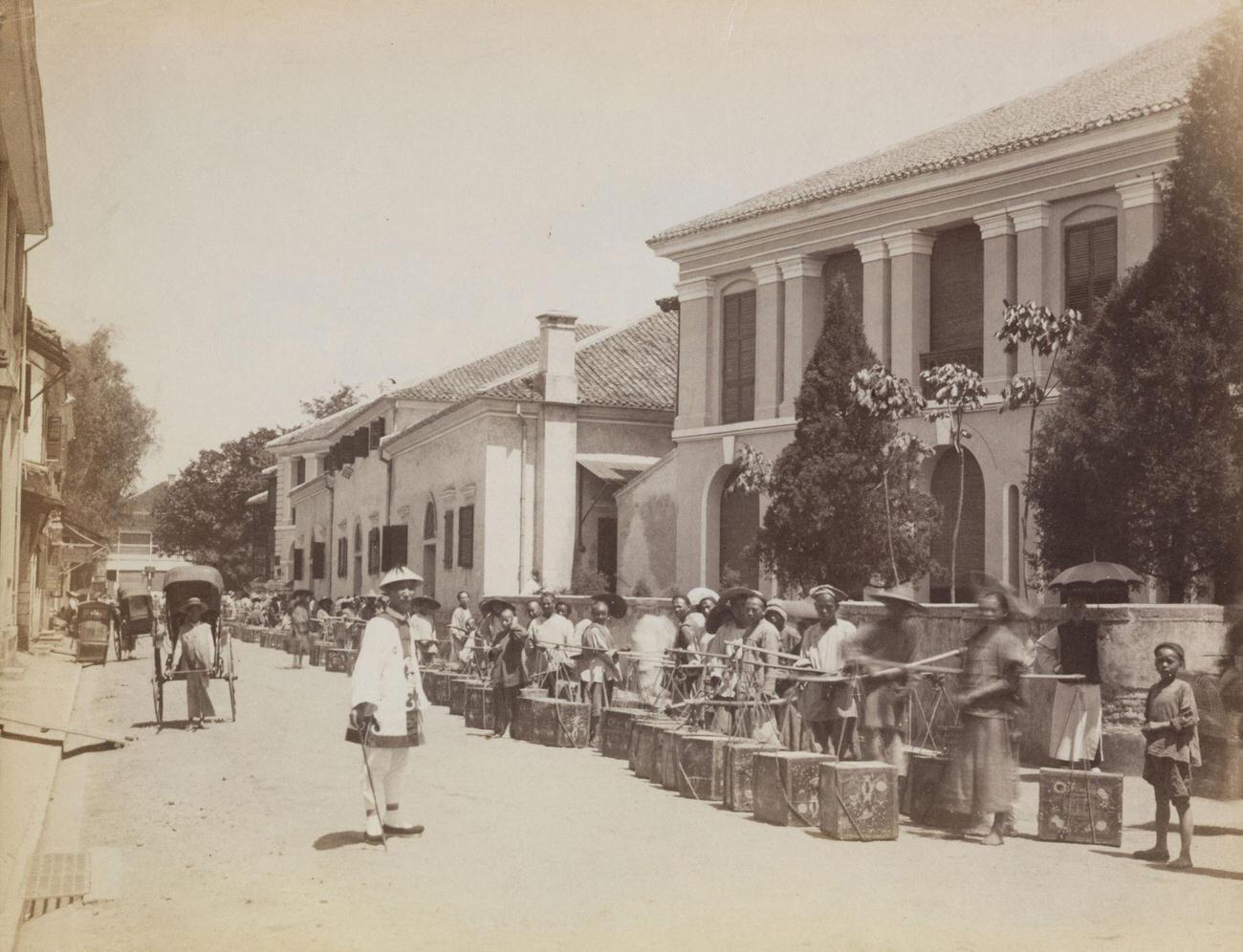







Some interesting photos, thanks for posting
Really intreresting. Thanks. What’s happening in #7 with those guys wearing stocks / dog cones ??